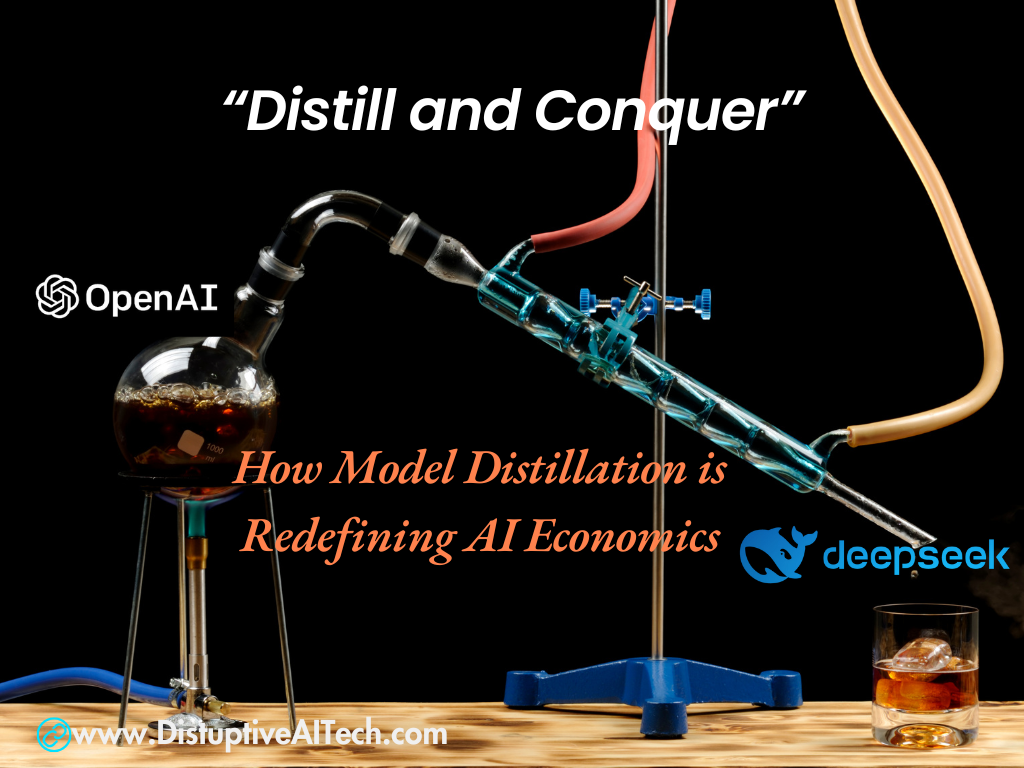The technology landscape is no stranger to paradigm shifts, and according to Satya Nadella, CEO of Microsoft, we are on the brink of another revolutionary change. Nadella believes the future of application architecture is moving away from traditional Software as a Service (SaaS) models toward an agent-centric approach. This shift promises to redefine how users interact with applications and manage workflows. Let’s explore this vision.
The Platform Shift: Redefining SaaS
Nadella compares the upcoming shift to transformative moments in technology history, such as the rise of relational databases and the advent of the web. Just as those innovations fundamentally restructured how systems operated, this new evolution will revolutionize the logic behind SaaS platforms. Today’s SaaS applications are often described as “CRUD (Create, Read, Update, Delete, the basic operation that most software applications perform with data) databases with business logic.” They house data and handle business functions internally, creating silos that demand user-specific interactions with each application. Nadella envisions a future where this model is overturned, and the core functions of SaaS platforms are orchestrated externally by intelligent agents.
Rise of Intelligent Agents
Imagine a world where you no longer need to navigate between dozens of SaaS applications. Instead, intelligent agents handle tasks across platforms seamlessly. These agents, powered by APIs and tools, will integrate data and workflows from multiple sources, prioritizing user intent and desired outcomes over app-specific processes.
For example, Nadella cites his personal use of Microsoft Copilot, which integrates data from Dynamics CRM and Office 365 to complete workflows. Instead of manually logging into each application, his agent orchestrates the entire process, saving time and effort.
This shift to an agentic view puts the user’s intent at the forefront. Agents, not applications, become the focal point, transforming how tasks are executed across SaaS ecosystems.

Real-World Example: Current vs. Agent-Based Model
Traditional SaaS: A marketer manually logs into a CRM system to export leads, uses an analytics tool to analyze them, and shares the results via email.
Agent-Based Model: An intelligent agent automatically retrieves CRM data, performs the analysis, and sends a tailored report to stakeholders—all without the marketer lifting a finger.
This efficiency is what makes the agentic model so compelling.
Implications for the Future of Work
Nadella takes this vision a step further, suggesting that in the future, people might be hired not only for their skills but also for the workflows and agents they bring. Imagine hiring a data analyst who comes with a suite of agents optimized for analytics, just as they might currently bring spreadsheets and tools. This “swarm of agents” could redefine productivity, collaboration, and job roles. It empowers individuals and teams to focus on high-level strategies while their agents handle routine, time-consuming tasks.
Opportunities and Challenges for SaaS Companies
For SaaS providers, this agent-centric future presents both opportunities and risks:
- Opportunities: Companies that adapt to this shift—by integrating agents as core components of their platforms—stand to gain significantly. They can create robust ecosystems where agents operate as first-class citizens, enhancing user value.
- Risks: Companies that resist this evolution may find themselves vulnerable. As agents become the primary interface for users, traditional SaaS models risk becoming obsolete. Nadella calls this a potential “attack vector” on established SaaS providers relying on proprietary systems and isolated data.
Who has done this so far? A few case studies
Salesforce: Salesforce has introduced Agentforce, a platform that allows organizations to build and manage autonomous AI agents for various business operations, including sales, customer service, and marketing. This shift enhances operational efficiency by enabling agents to automate tasks and interact with multiple systems in real-time, moving beyond static workflows typical of traditional SaaS applications
Oracle: Oracle is integrating 50 AI agents into its Fusion cloud business applications, covering areas such as HR, sales, customer service, and quality control. This implementation allows for dynamic decision-making and automation of complex processes, showcasing a significant move towards agentic architecture in enterprise applications.
KOGO AI: KOGO AI has launched an AI agent marketplace, enabling businesses to deploy over 100 different AI agents tailored for various operational needs. This platform functions similarly to an app store, allowing organizations to easily integrate AI into their workflows without requiring extensive technical knowledge.
(Source: click )
What’s Next? The Future is Agent-Driven
The move toward agent-centric architecture heralds a future where SaaS applications work in harmony, guided by user intent. This evolution could disrupt longstanding business models, making room for a more dynamic, integrated approach to technology.
Imagine arriving at work, and instead of spending hours on routine tasks, you focus solely on strategy and creativity, with your agents handling the rest. As this vision unfolds, the question is clear: Will your organization embrace the agent revolution, or will it risk falling behind in a rapidly changing digital world?
References:
https://yourstory.com/2024/10/saas-startups-ai-agents-workflows-investors-generative-ai-salesforce


